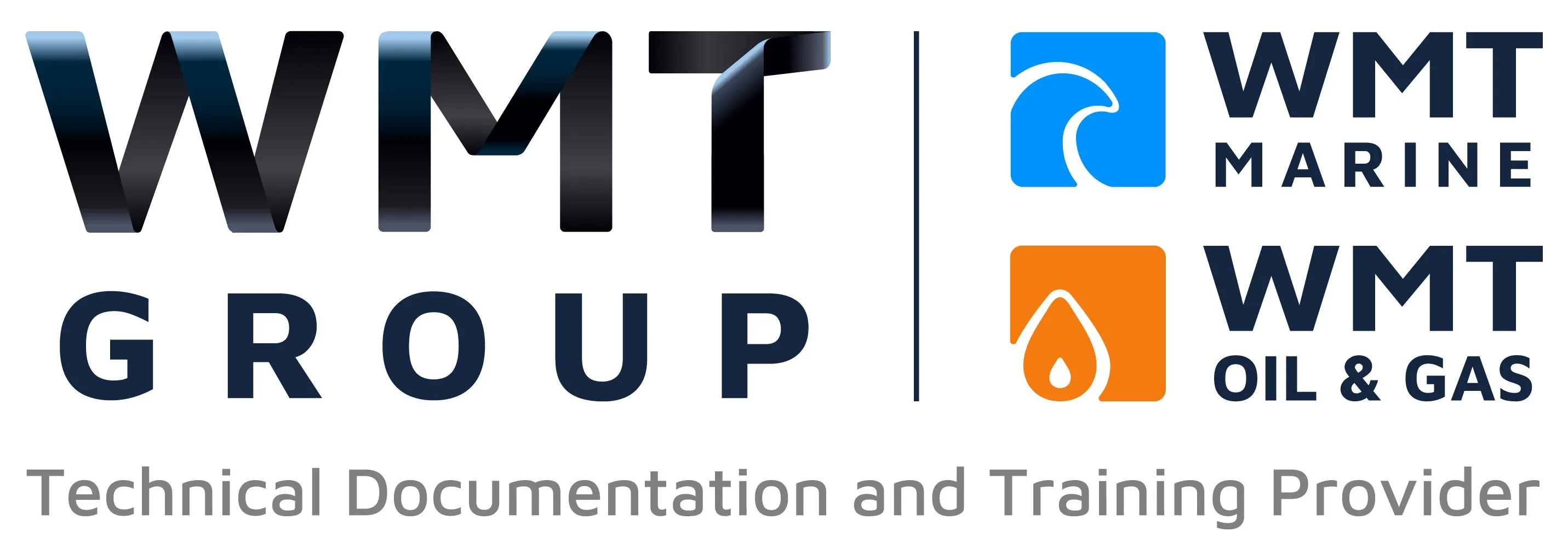Reducing Equipment Damage with Vessel Operating Procedures

Equipment damage is one of the most common and costly challenges faced by vessel operators. It not only leads to expensive repairs and downtime but also poses significant safety risks. In many cases, this damage is preventable with the implementation of clear and effective vessel operating procedures.
These procedures provide detailed guidance on how to operate and maintain equipment correctly, ensuring optimal performance and extending its lifespan. In this article, we’ll explore how operating procedures can reduce equipment damage and improve overall vessel efficiency.
The Importance of Vessel Operating Procedures
Marine vessels rely on intricate systems and machinery to function effectively. Without clear operating procedures, the risk of improper handling, neglect, and wear increases significantly. Key reasons why operating procedures are essential include:
- Minimising Human Error: Clear instructions reduce mistakes during equipment operation.
- Preventive Maintenance: Scheduled checks and servicing help identify issues before they escalate.
- Operational Consistency: Standardised procedures ensure equipment is used correctly every time.
- Cost Savings: Avoiding damage reduces repair costs and extends the life of machinery.
How Operating Procedures Help Reduce Equipment Damage
1. Standardising Equipment Use
One of the leading causes of equipment damage is inconsistent handling by crew members. Operating procedures provide step-by-step guidance for using machinery, ensuring everyone follows the same safe practices.
For example, detailed instructions on operating propulsion systems can prevent overloading and overheating, both of which are common causes of damage.
2. Encouraging Preventive Maintenance
A significant portion of equipment damage occurs due to neglect or delayed maintenance. Operating procedures include schedules and checklists for routine inspections and servicing, helping crews identify and address potential problems before they cause breakdowns.
3. Reducing Wear and Tear
Improper use of equipment accelerates wear and tear, shortening its lifespan. Procedures tailored to a vessel’s specific systems ensure that machinery is operated within its recommended parameters, reducing strain and maximising durability.
4. Improving Crew Training
Operating procedures serve as a valuable training tool, especially for new crew members. By providing clear, system-specific instructions, they help crews understand the correct way to handle equipment, minimising errors and accidents.
5. Preparing for Emergencies
Damage is more likely to occur during emergencies when crews are under pressure. Procedures that include guidance for handling unexpected situations, such as system malfunctions or power failures, enable crews to respond effectively and minimise further damage.
Features of Effective Operating Procedures
To be effective in reducing equipment damage, operating procedures should include:
- Customisation: Tailored instructions that match the specific systems and equipment on board.
- Clarity: Easy-to-understand language, supported by diagrams and flowcharts.
- Maintenance Guidelines: Schedules for preventive maintenance and servicing.
- Emergency Protocols: Steps for managing equipment failures and minimising risks.
- Digital Access: Procedures available in electronic formats for quick and convenient reference.
Benefits of Implementing Operating Procedures
Adopting comprehensive operating procedures offers long-term benefits, including:
- Fewer Breakdowns: Proper use and maintenance prevent unexpected failures.
- Cost Efficiency: Reduced repair and replacement costs save money over time.
- Improved Safety: Well-maintained equipment is less likely to cause accidents.
- Regulatory Compliance: Up-to-date procedures ensure compliance with industry standards.
- Enhanced Crew Performance: Consistent training and guidance boost confidence and efficiency.
Conclusion
Reducing equipment damage is critical to the success and safety of vessel operations. By implementing clear and customised vessel operating procedures, operators can minimise risks, lower maintenance costs, and extend the lifespan of critical machinery.
Investing in these procedures is not just about protecting equipment—it’s about ensuring the smooth, safe, and cost-effective operation of your vessel.
Need help creating tailored operating procedures for your vessel? Contact us today to learn how we can support your marine operations and safeguard your equipment.
